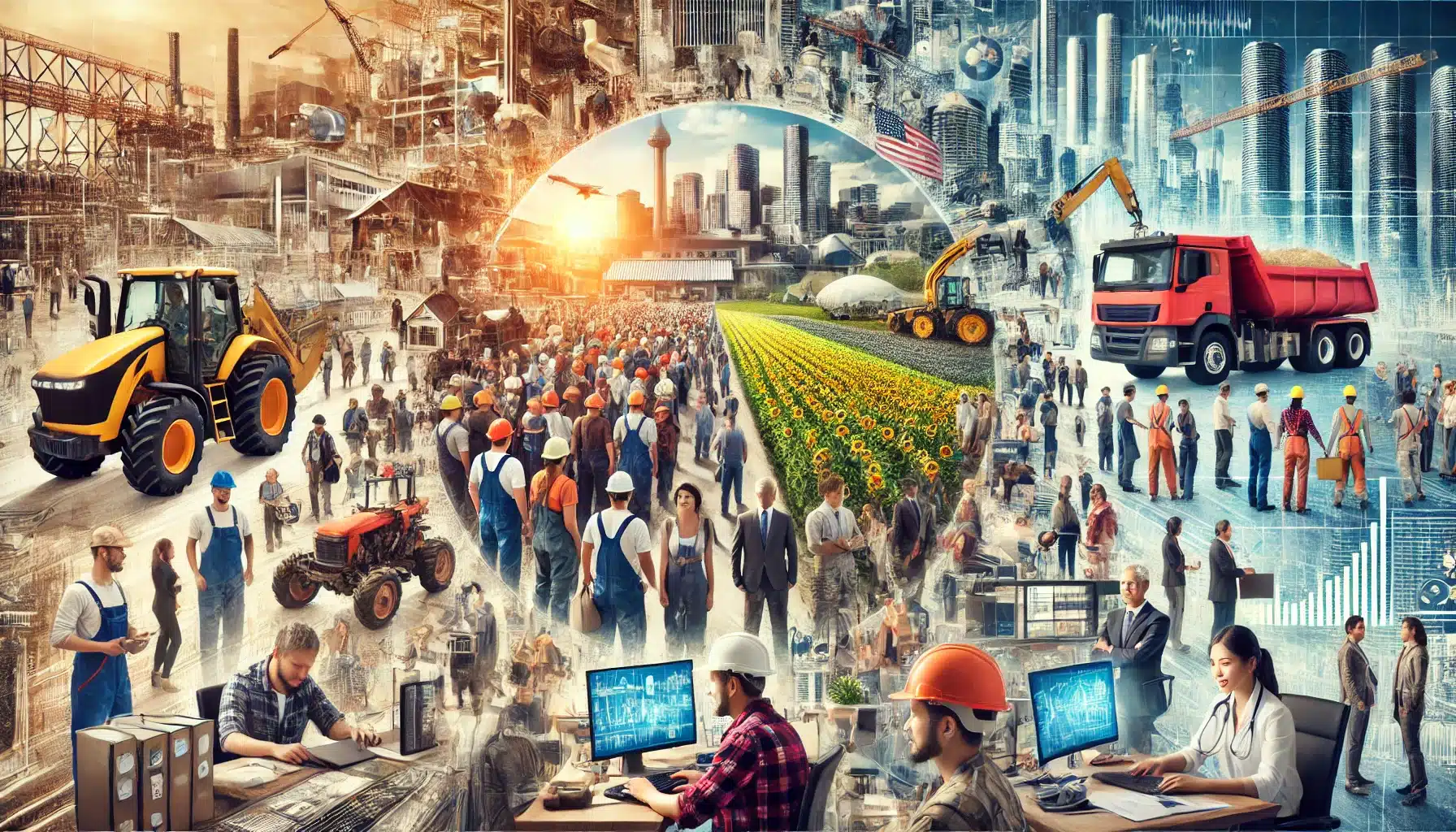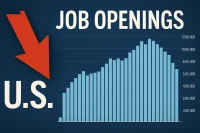Foreign-born workers play a critical role in the US economy, and their importance is set to grow.
As the native-born population ages and labor shortages continue, businesses are turning to immigrant workers to meet demand.
Labor economist Justin Ladner from SHRM examined data from the Current Population Survey and the American Community Survey to understand how foreign-born workers contribute to the U.S. workforce.
He said:
“It is well known that certain states, industries, and occupational groups are particularly reliant on the labor supplied by foreign-born migrants; however, the more compelling finding may be the fact that there are very few parts of the US workforce in which foreign-born people do not make substantial contributions.”
1 in 5 Workers Are Foreign-Born
Nearly 20% of the US workforce in 2024 was made up of immigrant workers.
This is a sharp rise from 12.4% in 2000. Ladner explained that this increase is linked to:
- Strong population growth among foreign-born residents.
- Higher labor force participation rates compared to native-born workers.
“The native-born population is going through a demographic transition where people are living longer, and people are having fewer children.
“Population aging has become very pronounced now that the Baby Boom generation is entering their retirement-age years.”
Without immigrant workers, the US labor shortage would be far worse.
Immigrant Workforce Nearly Doubles Since 2000
The foreign-born population has grown rapidly since the start of the century.
By October 2024, about 48.5 million foreign-born people ages 16 and older were living in the US, with 32.4 million in the workforce. That’s up from 26.1 million foreign-born residents in 1999, including 17.3 million workers.
This steady increase continued despite setbacks like:
- The Great Recession (2007-2009)
- The COVID-19 pandemic (2020)
Ladner said:
“Broadly speaking, immigration decisions are a combination of push and pull factors.”
“The pull factor for the US has always been that it is a healthy, dynamic labor market with lots of opportunities for people from foreign countries.”
At the same time, economic and political instability in countries like Haiti and Venezuela have pushed more people to migrate.
Pandemic Recovery Drives Surge
Foreign-born workers have fueled much of the US labor market’s post-pandemic recovery.
Between January 2021 and October 2024, the immigrant labor force grew by nearly 5 million workers.
Ladner said:
“Natural movement was bottled up during the pandemic when borders were shut down and the jobs that people were migrating for were temporarily unavailable.
“That valve was switched off for a period of time and then was opened back up.”
Immigrants More Likely to Be Working
Another key trend is the difference in labor force participation rates.
Since 2000, native-born participation dropped from 66.7% to 61.7%, while the foreign-born rate remained steady at around 66.8%.
Ladner explained how younger immigrants entering the workforce keep participation rates high for foreign-born workers, while aging reduces participation among native-born Americans.
Unemployment rates for the two groups have remained close, with a slight gap in 2024:
- Foreign-born unemployment: 4.6%
- Native-born unemployment: 4.3%
Foreign-Born Workers Fill Diverse Roles
Immigrants hold at least 25% of jobs in four key fields:
- Building/grounds cleaning and maintenance (39.8%)
- Farming and forestry (38.5%)
- Construction and extraction (34.3%)
- Computer and mathematical occupations (26.7%)
Ladner said:
“Although some occupational characteristics appear correlated with foreign-born representation, such as manual labor, foreign-born workers are well represented in occupational groups with highly disparate skill sets.”
Even outside these fields, foreign-born workers make up at least 10% of employees in every major industry.
A Tale of Two Education Levels
Foreign-born workers also stand out when it comes to education.
They are:
- More likely than native-born workers to have less than a high school diploma.
- Less likely to have an undergraduate degree.
- More likely to hold a graduate or professional degree.
This split means immigrants work across a wide spectrum—from low-skilled manual jobs to high-tech industries.
Ladner said:
“There are the types of occupations we associate with immigrant labor — jobs with a high emphasis on manual labor and few educational barriers to enter into,” Ladner said. “However, it is also true that foreign-born workers are attaining high levels of education and working in technology, mathematics, and the sciences.”
What’s Next for Foreign-Born Workers?
With the US population aging and demand for skilled workers rising, immigration will remain essential for economic growth.
As businesses compete for talent, foreign-born workers will be a crucial part of filling those gaps—across industries and skill levels.




